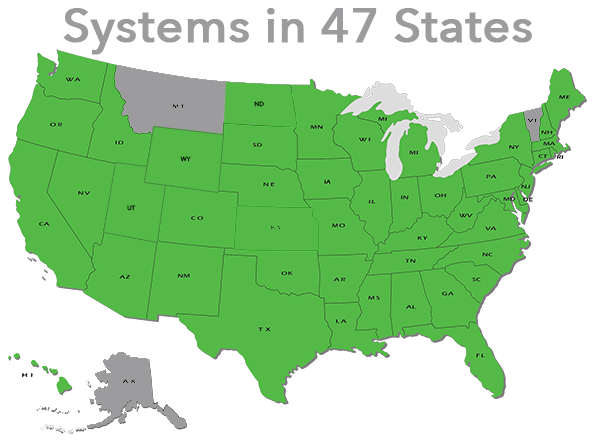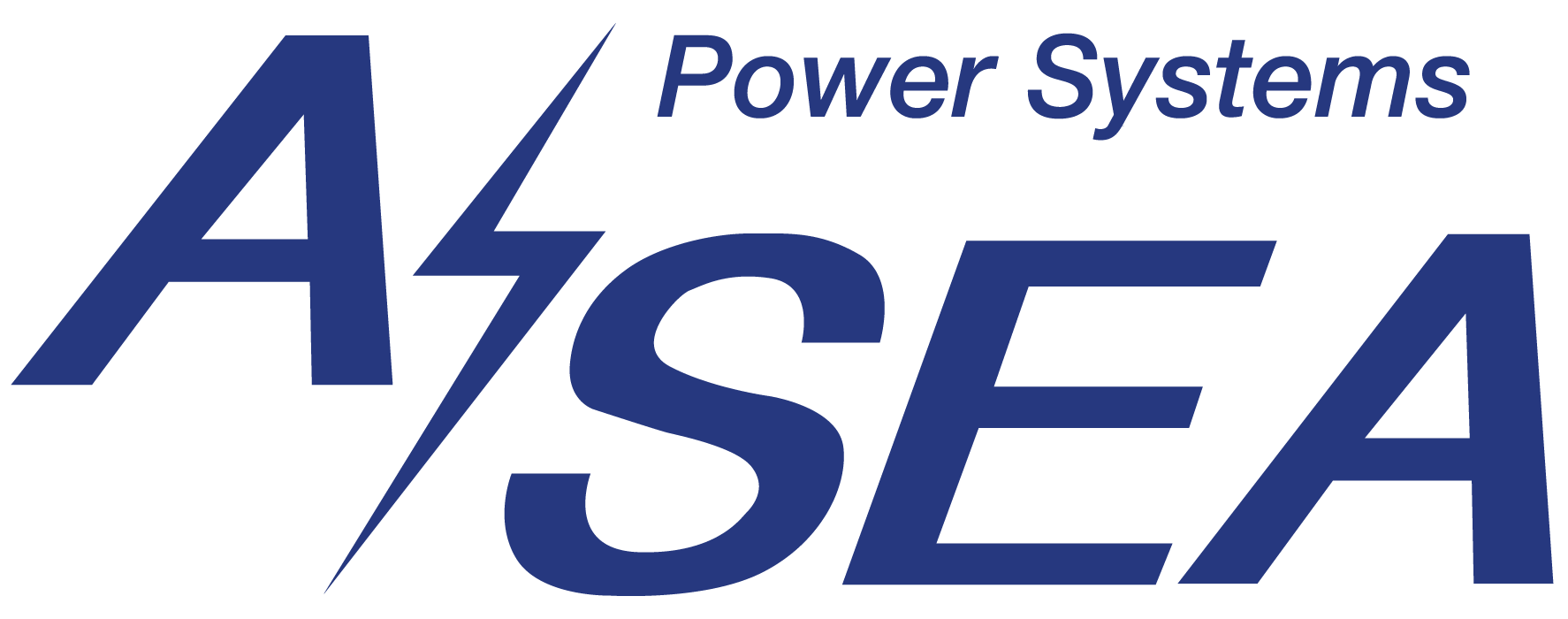
April 6, 2015 Source: Copyright BP, p.l.c. Used with permission Republished April 7, 2015, 11:20 a.m., text was modified. With the growth in U.S. production of light tight oil (LTO) in recent years, petroleum refiners in the United States have been processing greater volumes of LTO. To date, increased volumes of domestic LTO have mainly been accommodated with no- and low-cost options such as reducing light crude oil imports, increasing refinery utilization rates, making incremental efficiency improvements (crude unit debottlenecking), and displacing medium crude oil imports. A new EIA report reviews a range of additional options that U.S. refiners may consider to expand LTO processing capacity. The costs of these generic options vary according to each facility size, complexity, location, and a number of other factors: Size. Larger projects to provide additional LTO distillation capacity can have a greater overall cost but, given economies of scale, a lower per-barrel...
2831 Hits
Copyright
© EIA
2831 Hits











































